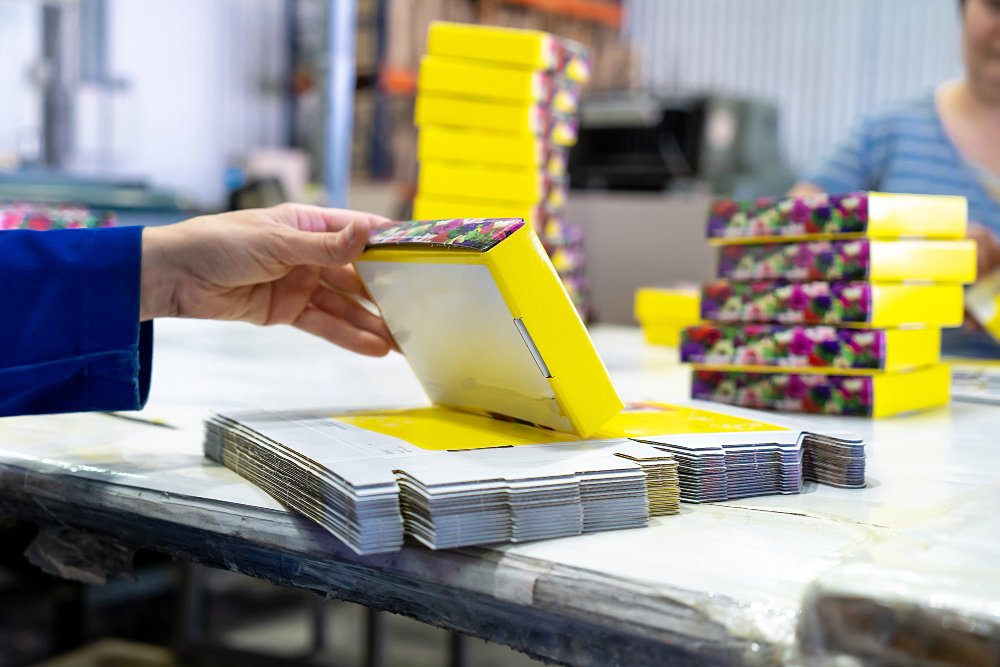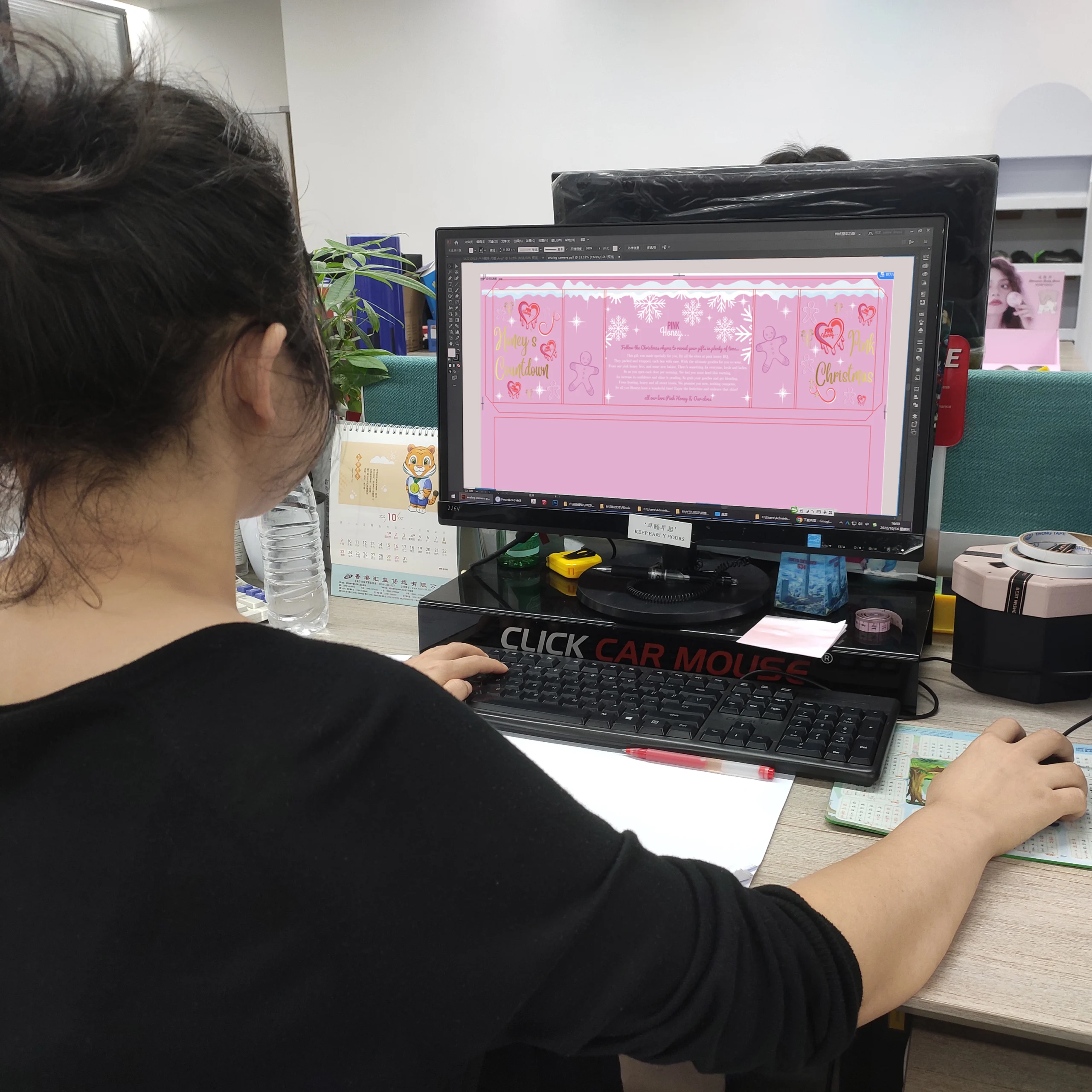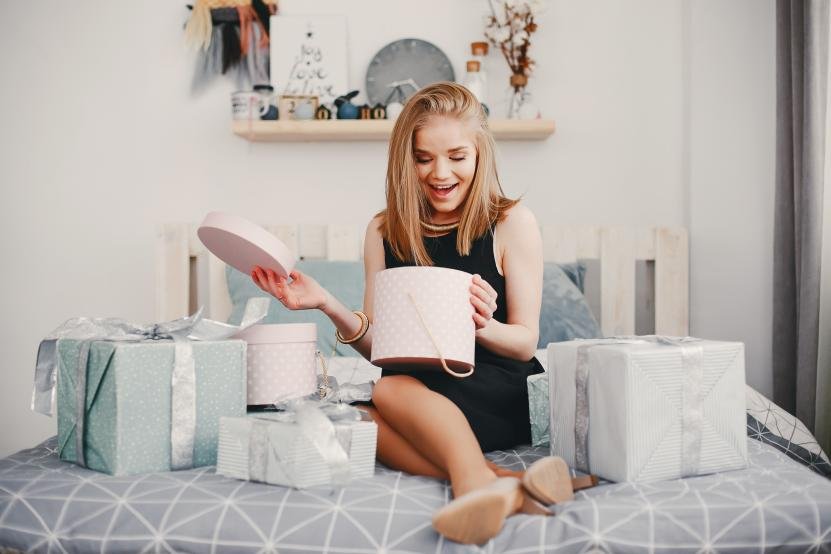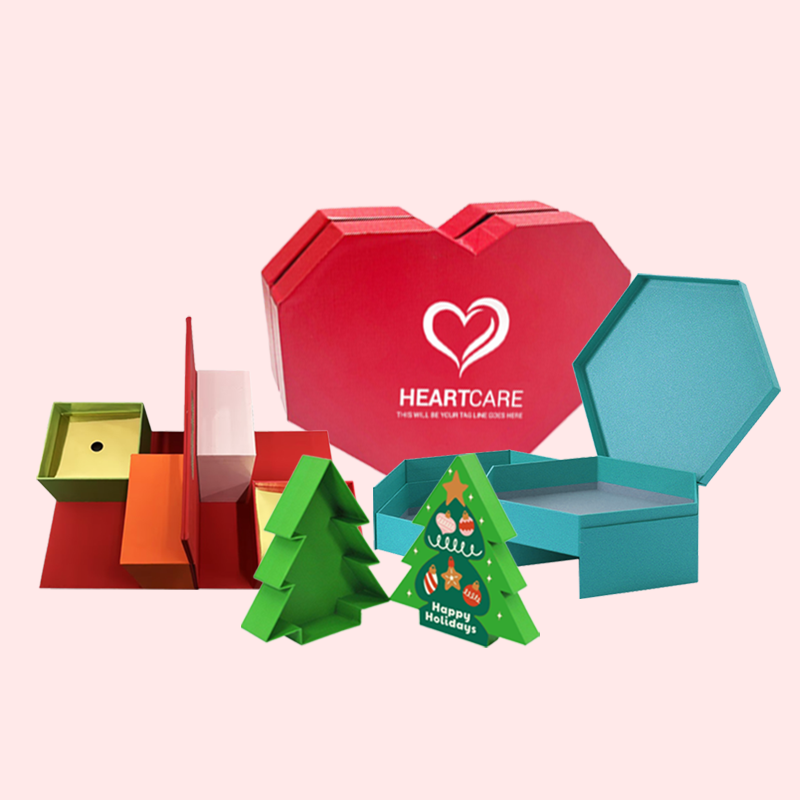Struggling with high packaging order minimums? The long waits can stop your business growth before it even begins. But you can get great packaging without a huge budget or long lead times.
To get custom packaging with low minimums, find suppliers who specialize in small-batch runs. For fast turnarounds, choose local partners and use stock box sizes that can be customized quickly with your branding. This approach saves time and money.

Getting the right packaging can feel like a big challenge. You want something that looks great, protects your product, and doesn't break the bank. You might be wondering where to even start. I've been in this industry for over 16 years, and I want to share what I've learned to help you succeed. Let's break down the simple steps to make this process easier for you.
What is custom packaging for small businesses?
Does generic packaging make your product blend in? You want to stand out, but you might think custom options are too expensive. Using a plain box is a missed opportunity.
Custom packaging for small businesses means boxes or mailers created just for your product and brand. This includes custom sizes, printed logos, and unique colors. It helps your product stand out and gives customers a better experience, setting you apart from competitors.

Your packaging is more than just a box. It’s a chance to make a great first impression. For a small business, "custom" touches all parts of the package.
Beyond the Logo: Sizing and Structure
Custom packaging is not just about printing your logo on a box. It starts with getting the size exactly right. A perfect-fit box protects your product better and looks more professional. It also reduces shipping costs because you don't need as much filler material. We once helped a small business selling handmade soaps. By creating a box that fit their bars perfectly, they cut their shipping and material costs by 20%. They used a simple paperboard box, which was strong enough for their light product.
Materials Matter
The material you choose says a lot about your brand. Kraft paper, for example, gives a natural, eco-friendly feel. It's a great choice, and many customers appreciate that it's easy to recycle. A coated white paperboard gives a cleaner, more modern look, ideal for cosmetics or tech gadgets. Each material has its own strengths. Paper is very versatile, but you must remember its limits. It’s not waterproof, so you might need extra protection for some products.
The Unboxing Experience
Custom packaging thinks about how the customer opens the box. You can design an experience that feels special. This could be a simple printed message inside the lid or a custom insert that holds your product securely. These little details make your brand memorable and encourage customers to share their experience online.
How to make cheap packaging?
Are packaging costs eating into your profits? You need to save money but you don't want your brand to look cheap. Overspending here can slow your growth in other areas.
To make affordable packaging, start with standard-sized boxes to avoid custom die-cutting fees. Use one or two-color printing instead of full color. Ordering in slightly larger quantities can also lower the per-unit cost. Also, consider simpler materials like kraft paper.

Keeping costs down is important for every small business. But cheap packaging doesn't have to mean bad packaging. There are smart ways to save money and still have a package you're proud of.
Smart Design Choices
Your design choices have a big impact on the final cost. A complex, multi-colored design is more expensive to print than a simple one or two-color logo. I always tell my clients to start simple. A clean, bold design on a quality box often looks more professional than a busy, colorful one. Also, avoid special finishes like foil stamping or embossing if your budget is tight. You can add those later as your business grows.
Strategic Material Selection
The material you pick is a huge part of the cost. As I've seen over the years, paper and cardboard are some of the most cost-effective options. They are lightweight, which saves on shipping, and they are easy to produce. Natural kraft paper is often cheaper than bleached or coated white paper. It also has a popular rustic look that works for many brands.
Here's a simple breakdown of how choices affect cost:
| Feature | High-Cost Option | Low-Cost Alternative |
|---|---|---|
| Printing | Full-Color (CMYK) | 1-2 Color Print |
| Box Size | Fully Custom Shape | Standard Stock Size |
| Material | Thick, Coated Paperboard | Natural Kraft Paper |
| Finishes | Foil Stamping, Embossing | Simple Matte/Gloss Varnish |
Ordering and Supplier Tips
Finding a supplier who understands small business needs is key. Many suppliers have very high minimum order quantities (MOQs). At Giftspack, we built our business to help smaller companies by offering lower minimums. It allows you to test a design without investing thousands of dollars. While buying in bulk lowers the price per box, you don't want to tie up your cash in inventory that sits in a warehouse. Start small, test, and then scale up your order size as your sales grow.
What packaging do you need for a small business?
Starting a business is overwhelming. The sheer number of packaging options can be confusing. Making the wrong choice can lead to damaged products and unhappy customers.
The packaging you need depends entirely on your product. For e-commerce, you'll need a durable mailer box. For retail shelves, a product box with a window might be best. Fragile items always require inserts. You must balance protection and presentation.

Choosing the right packaging is a critical decision. You need to think about what your product is, where it's going, and how you want your customer to receive it. Let's break down how to decide.
Protection First: Shipping vs. Retail
The journey of your product determines the type of box you need. If you're selling online and shipping directly to customers, you need strong packaging. A corrugated cardboard mailer box is the standard choice here. It's built with layers to withstand bumps and drops during transit. If you're selling in a physical store, the box doesn't need to be as rugged. A simple folding carton made of paperboard is often enough. Its main job is to look good on the shelf and protect the product from dust and scratches.
Product-Specific Needs
Think about your product's specific qualities. Is it heavy? Is it fragile? A paper box is great for clothes or books, but it won't work for very heavy items. The paper can tear or crush. I remember a client selling heavy metal parts who tried to use simple paperboard boxes. They learned quickly that they needed sturdier corrugated boxes. If your product is fragile, like glass jars or ceramics, you will need custom inserts inside the box. These inserts hold the product in place and provide extra cushioning.
Primary vs. Secondary Packaging
You might need more than one type of packaging. "Primary packaging" is the container that directly holds your product, like the box your candle comes in. "Secondary packaging" is the box you use to ship it, like the mailer box. A small business needs to think about both. The primary box is for branding and presentation. The secondary box is for protection. Making sure both are right will lead to happy customers and fewer returns.
How does packaging contribute to a small business's brand identity?
You have a great product, but your brand doesn't feel memorable. Your customers might forget about you as soon as they open the plain shipping box. This is a missed chance for repeat sales.
Packaging is often the first physical thing a customer touches from your brand. It communicates your brand's values through its colors, materials, and overall design. Good packaging reinforces your identity, builds trust, and makes the unboxing a memorable experience.

Your package is a powerful marketing tool. It’s a physical piece of your brand that ends up in your customer's hands. It's your chance to tell a story and make a connection.
The First Impression
For an online business, the package is the first tangible brand experience1. Before a customer even sees your product, they see the box. This first impression matters. A well-designed box creates excitement and anticipation. It tells the customer that the company cares about quality, even in the small details. This builds trust right away. The design, from the colors to the font, should match your overall brand style. Consistency is very important.
Telling a Story with Materials
The materials you use tell a story. In my experience, this is one of the most powerful branding tools. If your brand is all about sustainability, using recycled and recyclable kraft paper shows you are committed to that value. If you sell luxury goods, a thick paperboard box with a soft-touch finish can create a feeling of quality. But it's important to be honest. While paper boxes can look premium, they are not always seen as high-end as metal or wood. Choose the material that best fits your product's story and price point.
Creating a Cohesive Experience
Your brand identity should be consistent everywhere, and your packaging is a key part of that. The look and feel of your box should match your website, your social media, and your product. When a customer receives a package that looks just like they expected from your online presence, it creates a seamless and professional experience. This cohesion makes your brand feel more established and trustworthy. Ultimately, your packaging becomes a silent salesman, reinforcing your brand promise and encouraging loyalty.
Conclusion
Small businesses can get great custom packaging. Focus on smart design choices, find the right supplier, and use your box to tell your unique brand story effectively and affordably.
-
Understanding the significance of first impressions can enhance your marketing strategy and customer engagement. ↩






